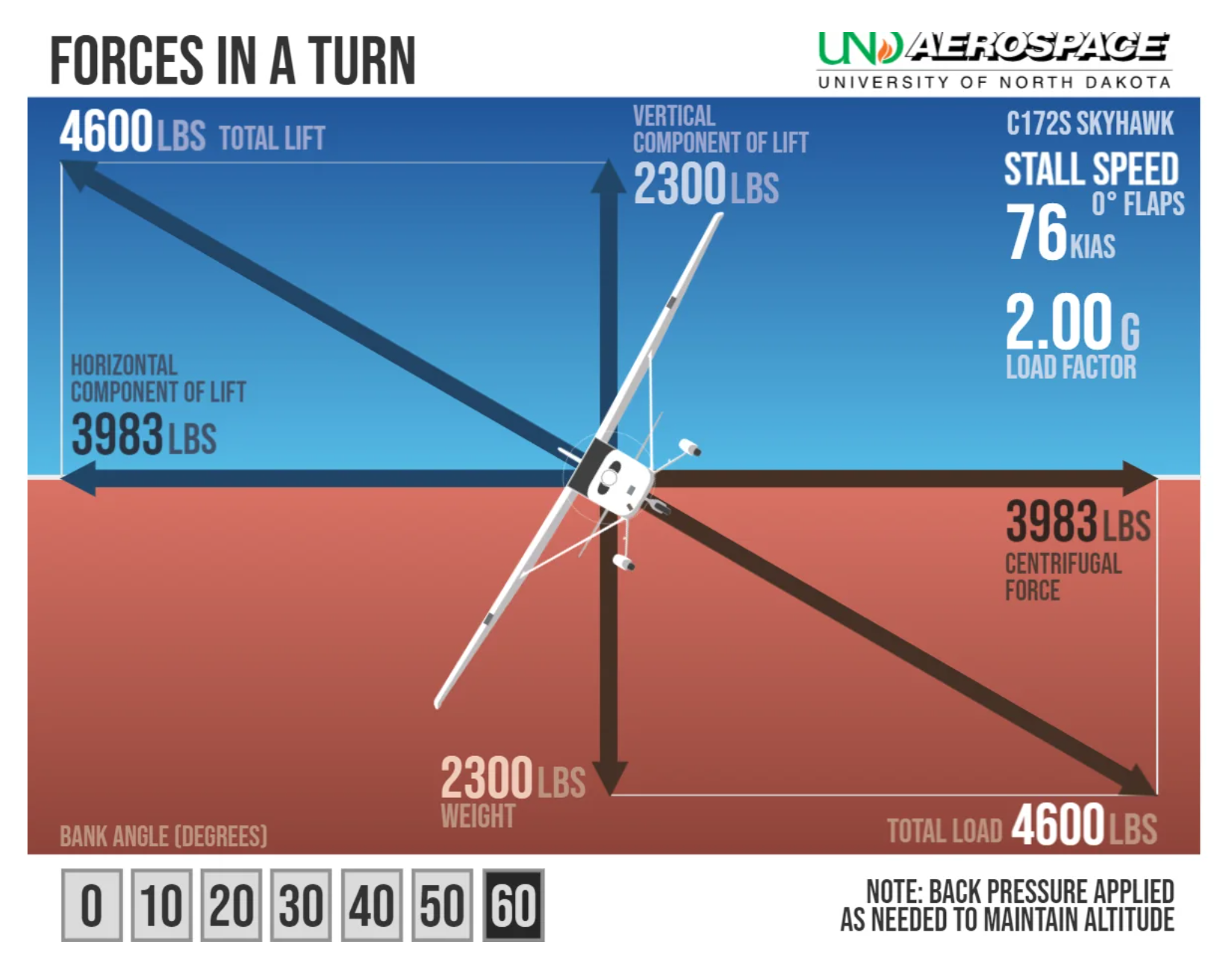X-Load Factor

In aviation, the load factor refers to the ratio of lift generated by an aircraft's wings to its total weight. It's a measure of the stress on an aircraft's structure during flight, particularly during maneuvers like turns or when encountering turbulence. Load factor is typically expressed in terms of "g," where 1g represents the force of gravity.
Historical Evolution
Early Aviation (1900s–1930s)
Early aircraft were relatively light and simple. Load factor was not a major design concern, as maneuverability and extreme loads were not prioritized. Stability was more critical than performance during early flight phases.
World War II (1930s–1940s)
The need for agile and robust fighter aircraft led to greater focus on load factor. Combat maneuvers such as loops and rolls demanded structural resilience, driving advancements in materials and airframe engineering.
Post-War (1950s–1960s)
Jet aircraft and high-speed flight introduced new stress challenges. Load factor became integral to the design of aircraft able to withstand sudden changes in velocity and altitude.
Modern Aviation (1970s–Present)
Commercial aircraft now follow strict load factor requirements. These ensure airframes can handle turbulence, gusts, and all regulated maneuvers. Certification standards mandate that aircraft maintain safety under a range of flight conditions and altitudes.
Key Concepts and Applications
Load Factor and Maneuverability
In a turn, an aircraft’s wings must produce more lift than its weight to maintain altitude, resulting in load factors greater than 1g. The tighter the turn or faster the airspeed, the higher the load factor imposed on the structure.
Load Factor and Structural Design
Aircraft designers calculate load factor limits during the engineering phase. This ensures structural integrity under routine and extreme conditions, minimizing the risk of failure during flight.
Load Factor and Airworthiness
Regulations define allowable load factors that aircraft must endure safely. Certification includes proof that structures can withstand expected stress loads while maintaining passenger safety.
Load Factor in Flight
Pilots are trained on the effects of load factor in relation to airspeed and altitude. They use this knowledge to make operational decisions that keep the aircraft within safe limits.
Summary
The X-Load Factor is a critical concept in aviation that influences aircraft design, certification, and operational safety. Understanding load factor ensures the integrity and performance of an aircraft across all phases of flight.
